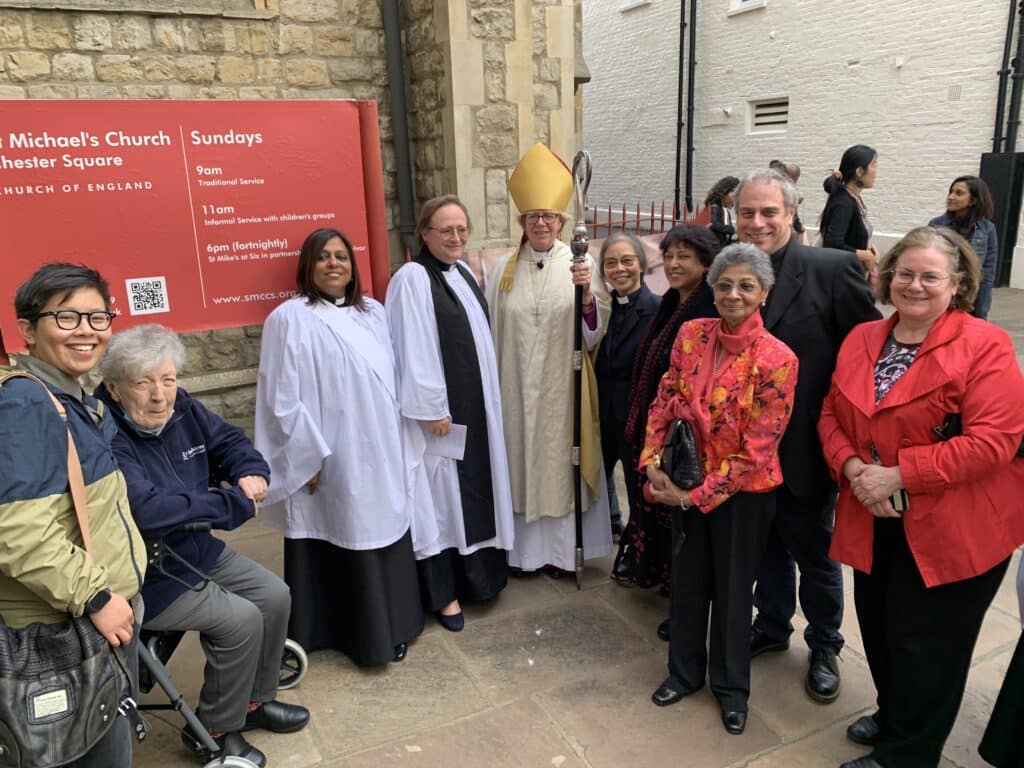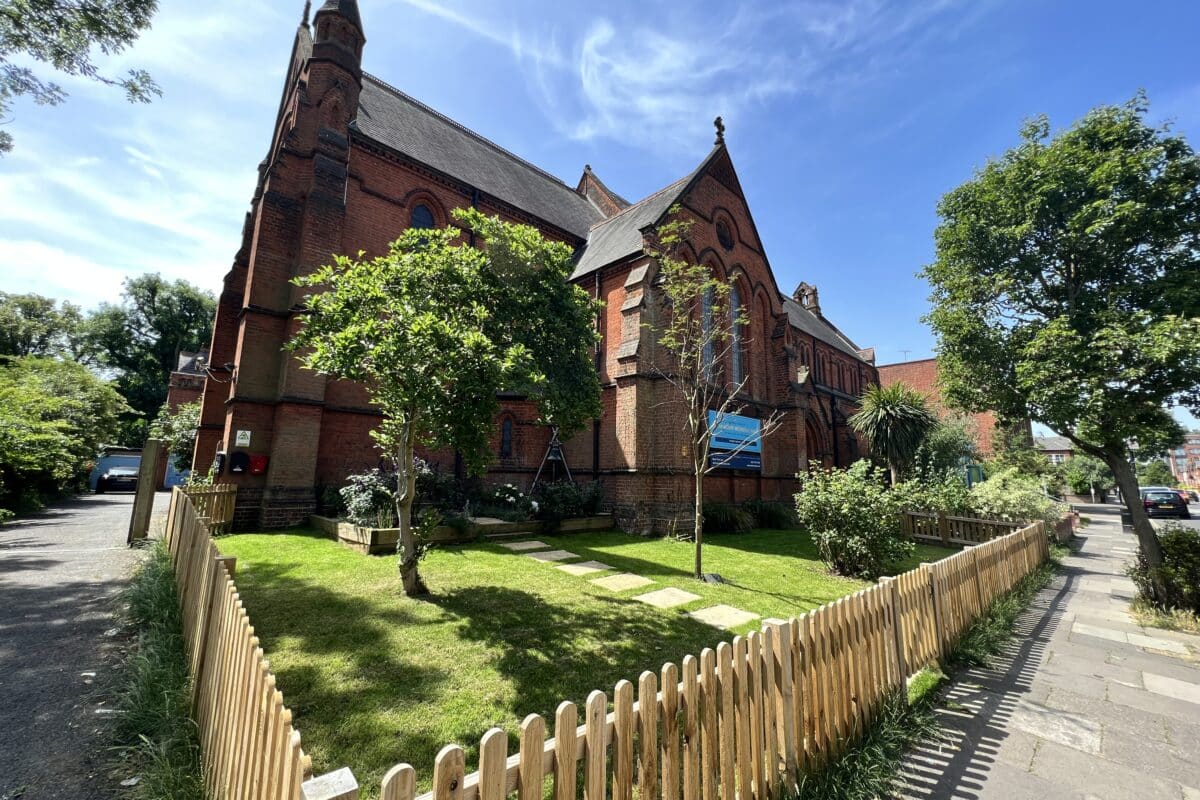The digital age we live in has opened up so many opportunities for churches to communicate using social media and your church website. But these are not the only ways to share your messages.
Many churches will have a church notice board in place, some publish a regular parish magazine and others have a digital newsletter.
Perhaps take a moment to think through the ways you communicate with your local community. You could even take a walk around your church building…

Church notice boards
Your parish church notice board is not just a ‘notice board’: it is a primary mission tool.
An eye-catching notice board can be a significant factor in determining whether passers-by decide to take a second look at the church and actually feel welcome enough to venture inside (or it can serve as a prompt for them to look you up on google).
Churches can have primary and secondary notice boards outside in fixed locations. Please contact the DAC regarding advice on what permission is needed to introduce new notice boards.
The primary board should always face the road to be visible to all traffic – both vehicles and pedestrians. It is the ‘portal’ to all that the church might want to say about itself in a snapshot so less is more! Basic elements include:
- Name of church or logo – make it big to enable an internet search later
- Main service time(s) – large, clear and simple
- Website
- Logos (see the Diocese of London logos and branding or the Church of England branding)
- A disability access symbol, if appropriate
Drivers and passengers may well only glimpse the general condition and presentation, but any hint of neglect about the board itself will be an instant turn off. Try and keep it looking fresh, and the information up-to-date.
Your secondary notice board can also face the road so that it is seen by passers-by (mostly foot traffic), and should prioritise information about the services and activities the church offers. Ask yourself what people are most likely to be looking for:
- Service times and styles
- Playgroups
- Youth groups
- Fitness classes
The font should be contemporary and clear and its style should be consistent with that used on the primary board – think about logo, types, fonts, colours and pointing people to your website for further information. Keep notices short, just highlighting the key information:
- What – title and one-liner description
- When – date, time (from-to)
- Call to action – how to get involved or how to sign up
QR codes are a great tool to declutter a notice and can be created easily by Googling ‘QR Generator’ and putting your URL destination into the generator.
Parish magazines
Parish Magazines can be a great opportunity for churches to forge connections with their local area and residents while providing updates and news from the church, and sometimes the wider community.
A number of resources are available for ideas and content for parish magazines:
Parish Pump – “the essential website for church magazines” exists to help church magazine editors by offering graphic and editorial resources to download it and place it into magazines, newsletters, or pew-sheets. Available on a subscription basis with a free trial.
The Association for Church Editors – the Association brings together editors, designers and other church members involved in the production of church magazines. It provides, amongst other things, training workshops and ideas for magazine content.
E-Newsletters
A helpful way to keep your community up to date is via a regular e-newsletter. Sending a newsletter towards the end of the week can act as a taster of what’s coming up on Sunday and into next week. There are various options for mail management systems available to help you build and send your e-newsletter. We would recommend Mailchimp as it’s easy to use and will help you manage your data correctly (it’s how we send our diocesan newsletter!).
Take a look at this guide to getting started on Mailchimp.
Design tools
There are many tools available to help you design your communications. If you’re wondering where to start and what to use, we would recommend Canva, an online design tool that has hundreds of print and digital templates as well as customisable features to help you design pretty much any form of communication.
Anyone can get started on Canva for free, but, as a registered charity, a church can apply for a free Pro subscription via their Non-Profits scheme. It will give you access to even more helpful features. Find out more here.
The Church of England Digital Team often host webinars on how to use Canva. Check their webinar listings for any upcoming training events.
